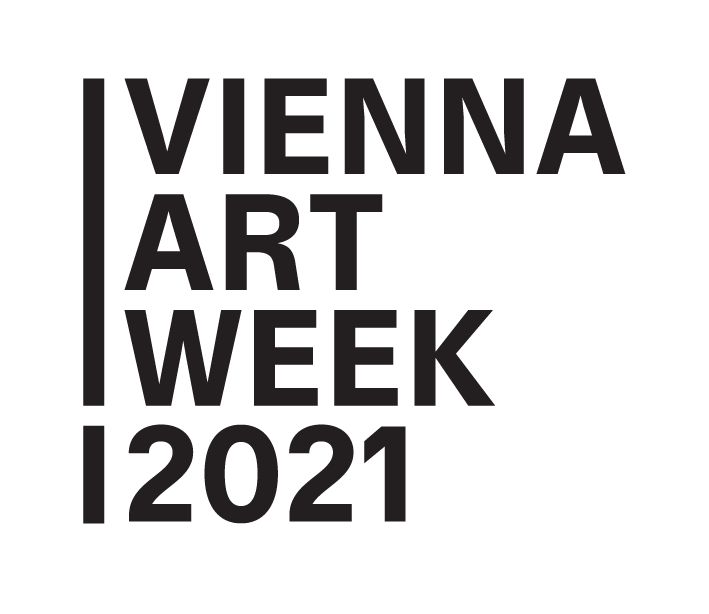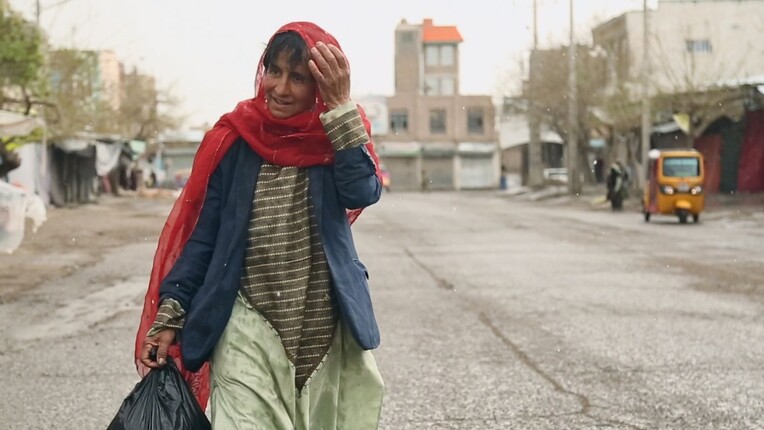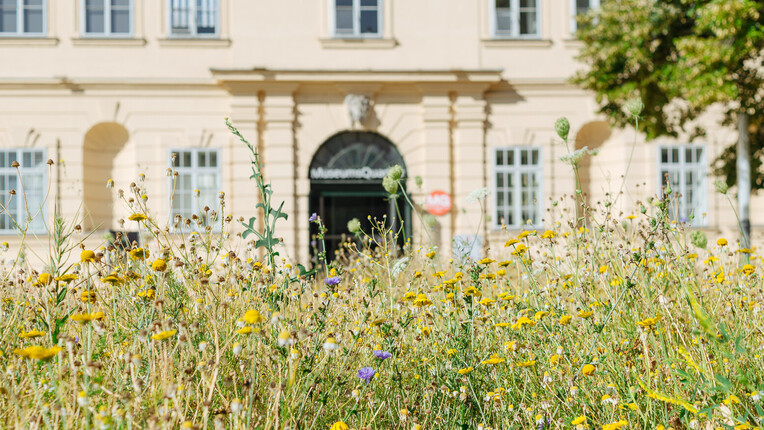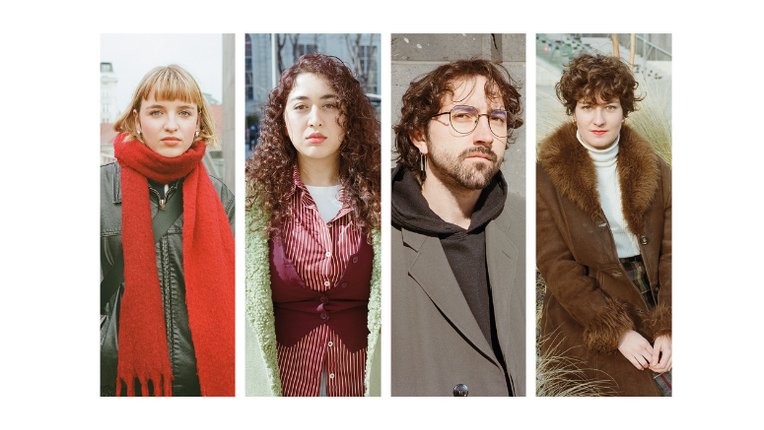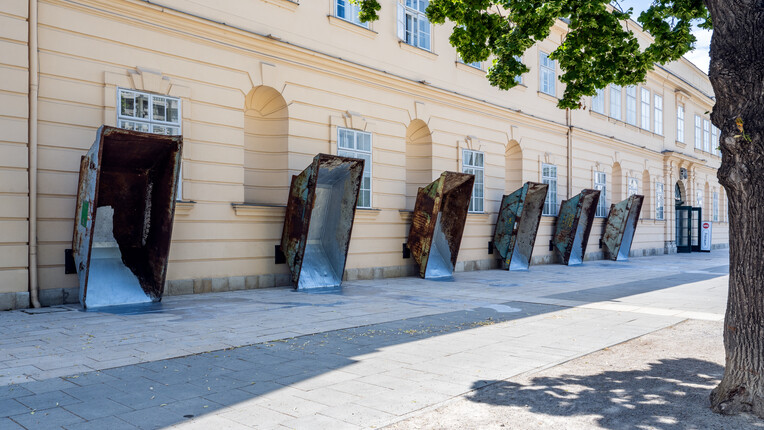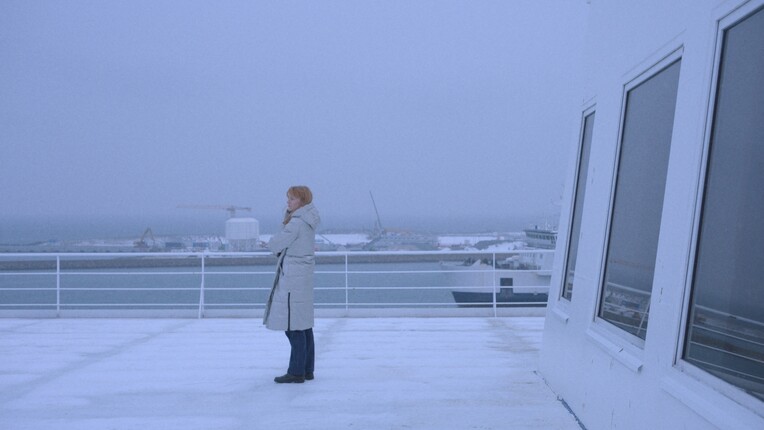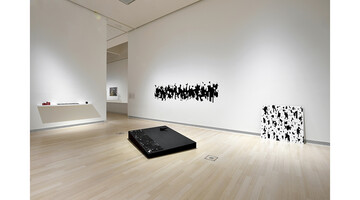
Post-Truth Phenomenon in the light of critical perspectivism
In cooperation with tranzit.org/ERSTE Foundation, the Hungarian artist Áron Kútvölgyi-Szabó spends the months of October and November 2021 as Q21 Artist-in-Residence in the MuseumsQuartier Wien. He works in the fields of installation, media art and artistic research. For Vienna Art Week, Sabine Winkler talked with him about his recent projects.
Sabine Winkler: In your artistic and scientific work you deal with post-truth phenomena, alternative facts and conspiracy theories, the question of how knowledge or meaning is generated and what role the relationship between images and spatial consciousness plays in this process. In your studies you investigate how our world view and convictions, often based on cognitive distortions, emerge, and how parallel narratives become effective. How does your method of critical perspectivism work?
Áron Kútvölgyi Szabó: Perspectivism is an approach in which the handling of images does not neglect the original spatial context and is aware of the defective and arbitrary nature of image-based sources. It’s critical towards the inner logic of images and the way this is exploited, either unconsciously or with nefarious intentions. Since it is deeply intertwined with both our language and the way we think, it applies not just to the directly visual but to mental images as well. It allows us to understand why someone is seeing or presenting a thing in a particular way, and why someone might want to avoid certain angles or aspects. In this regard I find the practice of Forensic Architecture truly inspiring, they deal with fragmented sources with the necessary spatial awareness, while reconstructing a scene. They cross-reference all the available sources from the image/data complex until they achieve a coherent spatial model that all the two-dimensional evidence can fit into and correlate reciprocally. This inner consistency is the key to achieving a meaningful conclusion, where the debate over the competing interpretations can finally settle.
However, I don’t investigate case studies myself but rather experiment with spatial simulations with different approaches, be they analytical, theoretical, or metaphorical. So I can model the process of how an image is disconnecting from its genuine setting, drifting away from reality to fiction and find its place in alternative narratives. My tool set is expanding constantly with new technologies and materials, especially in the field of graphic and package design, since they are two of the main channels of influence. But in spite of that, my practice is still primarily based on mixed-media installations where the viewer can walk around the space and confront those different perspectives.
In your installations you materialise changes of perspective in spatial staging, where modules of polymorphic forms refer to structures of different pattern recognition. Which interdependencies exist between patterns of perception and perspectives, why do we recognize patterns where there are none?
Pareidolia is a well-known phenomenon that occurs when someone suddenly sees something meaningful in an arbitrary stimulus. It is mostly an unconscious process that happens automatically, we can not really switch it off. But it can be a lot more than a cartoony face on the street or a detailed silhouette of an animal in the clouds since it is not necessarily a directly visual thing. Some of the conspiracy theories are generated by this principle as well, by connecting all those points that “seem/feel true” – they all share the same visceral layer of personal intuitions one cannot really control. The crucial turning point happens afterwards: how do we assess those new discoveries? Are they just an unusual coincidence or do we handle it as a plausible interpretation? Because that’s when the rabbit hole starts to beckon and confirmation bias kicks in, and the whole idea solidifies overnight – never to question the original source once again. But even if you do, it’s still a tricky situation, since you cannot really unsee or unlearn a pattern you previously noticed, it will remain and haunt you.
In Vienna you will deal with hyperskepticism, anti-expert attitudes and science denial. What role does doubt play in general? How can you counteract doubt that was created through manipulation and analytically promote justified doubt?
Doubt plays one of the key roles in the whole complex and it’s definitely a double-edged sword. Without a healthy balance, it can be toxic and damaging, not just liberating and fruitful. Critical thinking is considered the basis of any meaningful insight, but that very same “critical thinking” can be applied to mainstream scientific conclusions as well, resulting in various denial narratives, often in the disguise of the “last remaining true scientists” who still follow the main principles and dare to question anything and everything. This could be a beneficial thing in theory, but in practice, it rather means they are the ones who deliberately attack broad scientific consensus – like in the case of the climate crisis. We see the recipes of the doubtmongerers in use worldwide, both in the field of corporate marketing and in politics. One of the hardest things to detect is the true intention that distinguishes genuine scepticism from artificially induced manipulative uncertainty.
If everything is contingent, if nothing has a reason, as in the speculative realism of a Quentin Meillassoux, does that change the spectrum of meaning of the terms fact and truth?
Sure, this spectrum is constantly changing with the coordinate system from which we approach these notions. But it's important to note that for example “Post-Truth is, first and foremost, an emotional phenomenon. It concerns our attitude to truth, rather than truth itself.” – as Matthew D'Ancona puts it. So most of the problems come from our human condition, our inherent and default human perspective – and we have to deal with that in the first place, while of course keep in mind that it's just one of the possible viewpoints. However, from a theoretical aspect, I believe that real objective truth should exist regardless of our acknowledgement – but in its totality, it is inaccessible with a human mind. This is why I would rather limit the use of the phrase truth and not treat it as a synonym for fact since they are really not equivalent at all. Facts are not just fragmentary by default but also numerous, and those counter-facts can contradict each other just as images do on a daily basis since their validity is locked to the circumstances of recording akin to a coordinate system.
Image: Áron Kútvölgyi Szabo, Carnival of Facts, 2019, installation view at Leopold Bloom Art Award, Ludwig Museum Budapest
